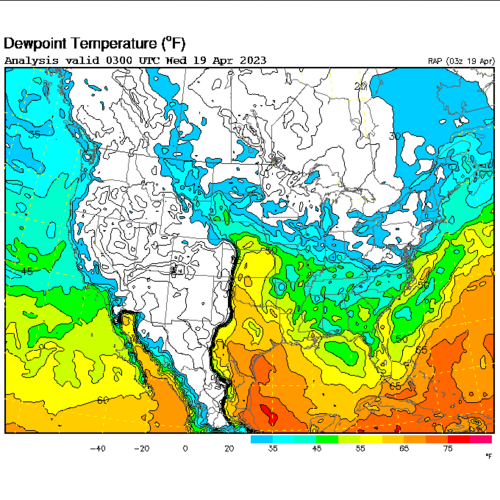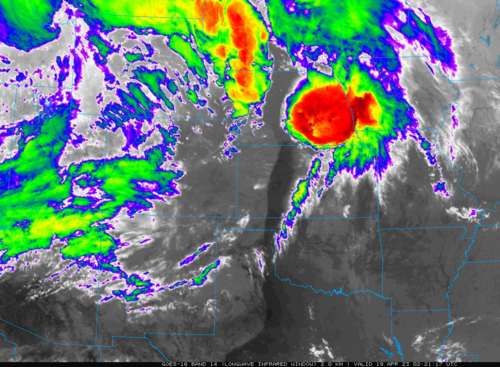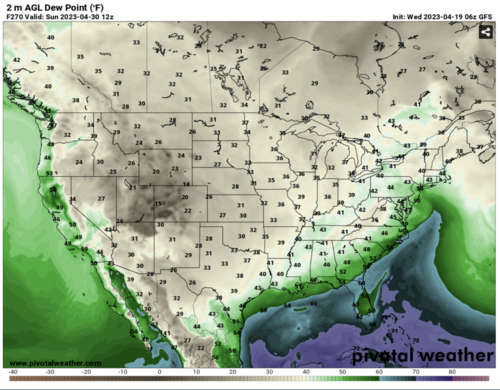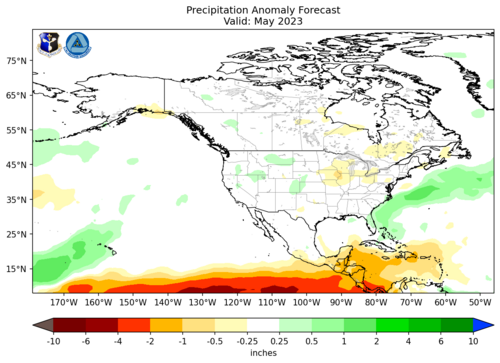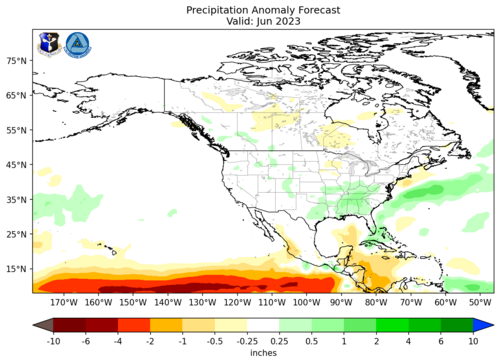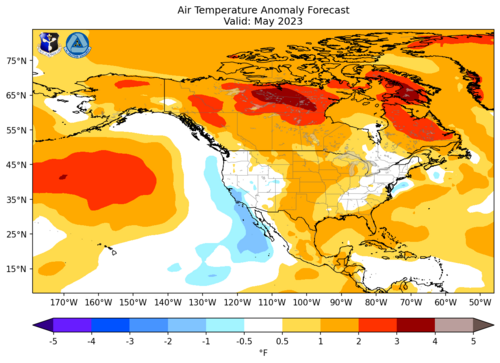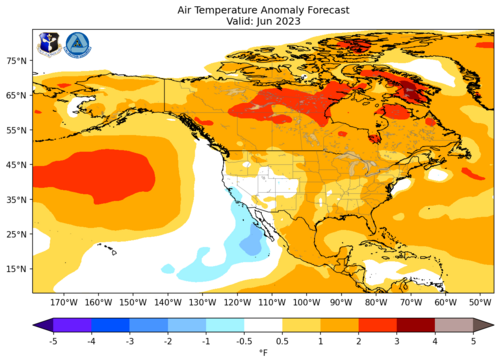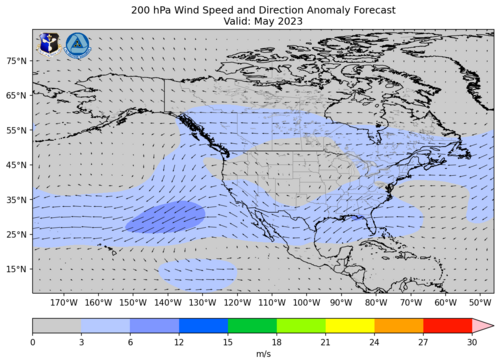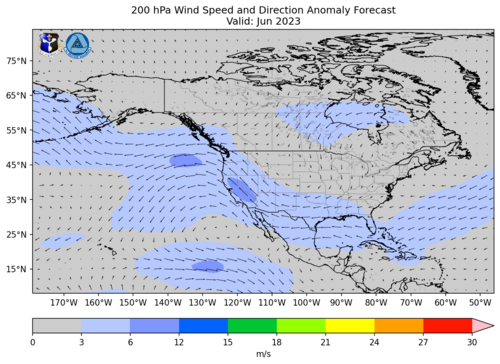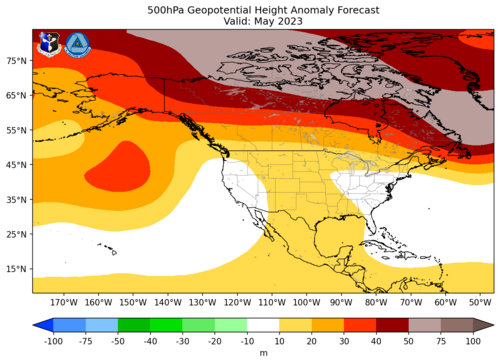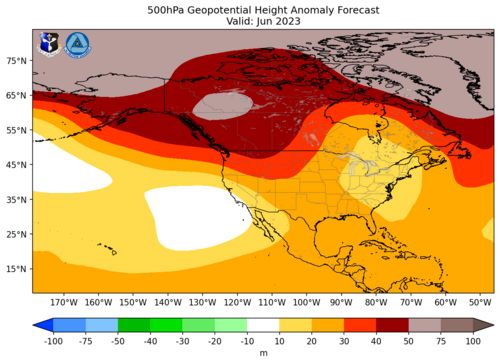Jason N
EF5
ok I can buy that for a dollar for sure and I appreciate the specifics on diffuse vs. tight.
In terms of dryline circulations though, these are diurnal in general so, does the strength/size/shape of the EML source region have anything to do with enhancing or diffusing the dryline circulation at all? or is it all subordinate to the mid and upper-level synoptic patterns effecting SFC pressures and tightening these circulations/gradients. It makes the most sense to me in terms of synoptic forcing, but I assume there also has to be a Microscale environment that comes into play). I just started looking at a 2007 David M. Schultz paper on dryline intensity which should be interesting.
In terms of dryline circulations though, these are diurnal in general so, does the strength/size/shape of the EML source region have anything to do with enhancing or diffusing the dryline circulation at all? or is it all subordinate to the mid and upper-level synoptic patterns effecting SFC pressures and tightening these circulations/gradients. It makes the most sense to me in terms of synoptic forcing, but I assume there also has to be a Microscale environment that comes into play). I just started looking at a 2007 David M. Schultz paper on dryline intensity which should be interesting.

